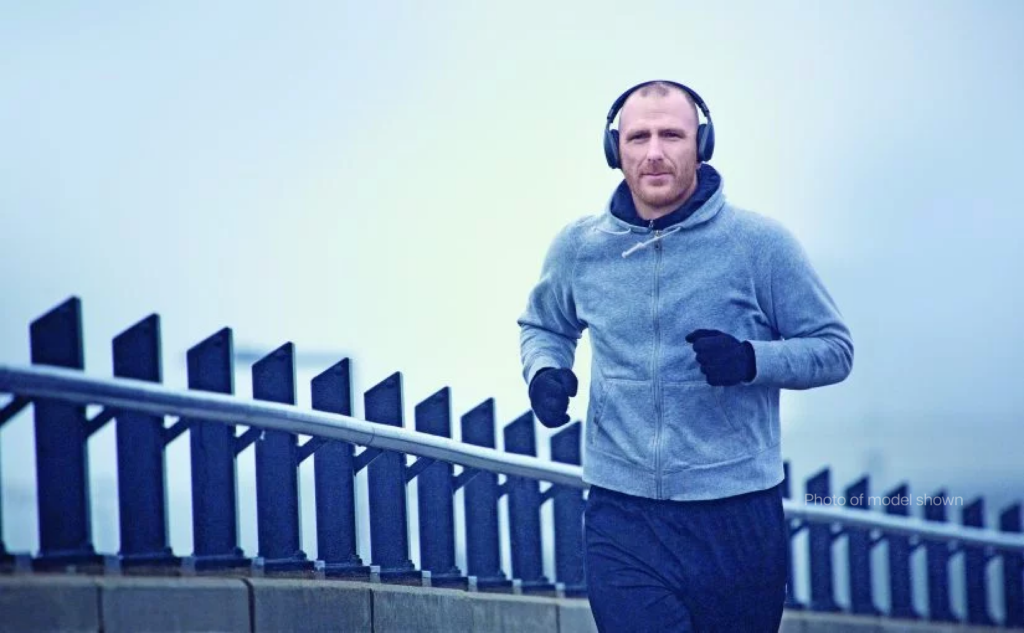
The Five Facets of Comprehensive Wellness

Jonathan Sheinberg, MD, FACC, Associate Clinical Professor of Medicine, University of Texas Medical Branch, and Police Lieutenant, Lakeway Police Department, Texas
Introduction
Twenty-two years – it is staggering. The average life expectancy of a police officer in the United
States is twenty-two years less than their civilian counterparts.1
As a police officer, life expectancy is only 57 years, compared to 69 years in the civilian sector. This, however, is just the tip of the iceberg.2
A newly sworn officer who has just graduated the police academy is most often in the best
physical shape of his or her life. That young officer has also undergone and passed a
psychological screening assessment and is has been determined to be in good mental health as
well. The tragedy is that over the next twenty to twenty five years of their careers, these
officers will suffer physical illness and emotional trauma with devastating consequence. When
compared to their civilian counterparts, law enforcement officers not only have a shorter life
expectancy, but higher rates of heart disease, hypertension, diabetes and obesity. A career in
in policing is also associated with increased rates of mental health issues which results in higher
frequency of divorce, substance and alcohol abuse and suicide.
Because of disparity of physical and mental health issues that is seen in law enforcement
officers nationwide, it is the absolute duty of command staff to ensure that the officers under
their watch not only go home at the end of their shift, but also stay physically and mentally
healthy. A young officer in the early stages of his or her career is a phenomenal “raw material”.
The protection of these individuals goes well beyond policy directives regarding items such as
the wearing body armor and reflective vests etc. It requires a comprehensive approach to
wellness, allowing them a productive and fulfilling career and the ability to enjoy the retirement
for which they have worked so hard.
The question of “what is wellness” can be answered in a myriad of ways and is usually defined
by the background of the individual asking the question. Psychologists often see wellness in
terms of mental health and resiliency. The chaplaincy corps will define a specific type of
spiritual wellness and medical professionals will often determine wellness as the absence of a
specific state of disease or illness. All these professionals are correct, as an effective wellness
initiative does require a multidisciplinary approach
Over the last several years, multiple organizations including the United States Department of
Justice, the International Association of Chiefs of Police, the National Law Enforcement
Memorial Fund, Below One Hundred, The Institute for Intergovernmental Research and the
Officer Down Memorial Page (to name just a few) have done a tremendous job in identifying
the scope of increased officer morbidity and mortality. These organizations have developed
multiple initiatives to address these issues and significant progress has been made, but there is
still work to be done.
Regardless of the forum, there are consistently five areas of wellness that are repeatedly
discussed: tactical combat casualty care, cardiac screening, physical fitness, maintenance of a
healthy weight and mental health. It should be noted that physical fitness and healthy weight
management overlap but are distinctly different entities. It is not unusual for an individual to
be overweight but fit, or conversely, of normal weight and not fit. Every wellness program, no
matter what its scope, addresses these specific issues at some level.
1 John M. Violanti et al., “Life Expectancy in Police Officers: A Comparison with the U.S. General Population,”
International Journal of Emergency Mental Health 15, no. 4 (2013): 217–28.
2 Violanti et al.
